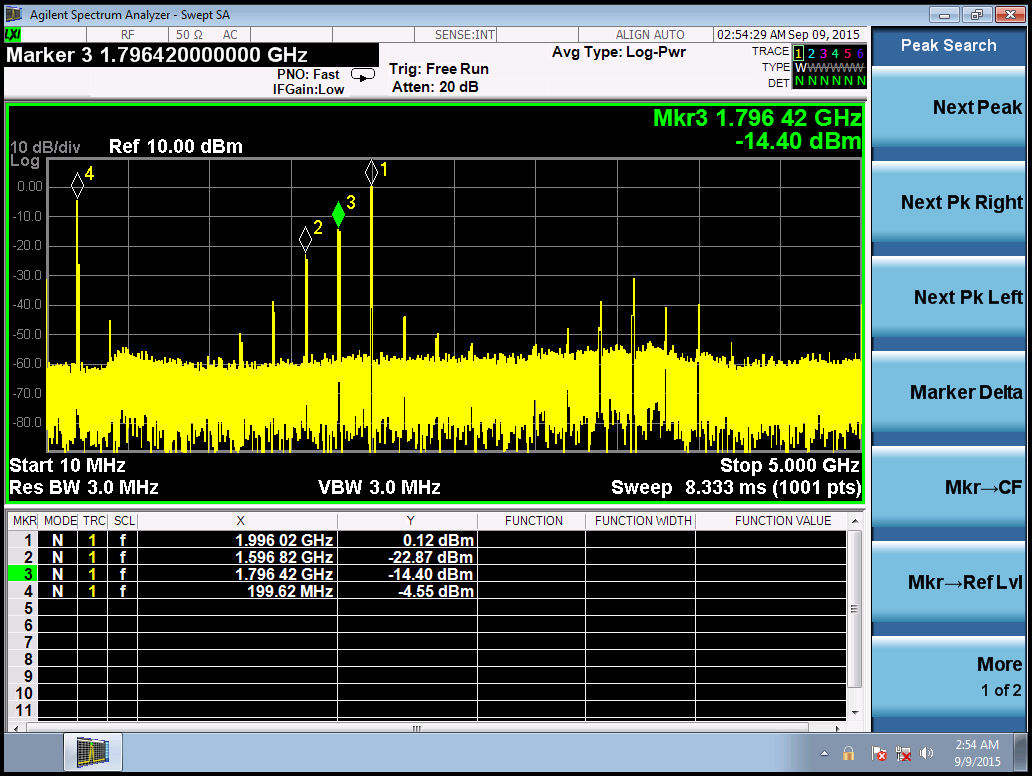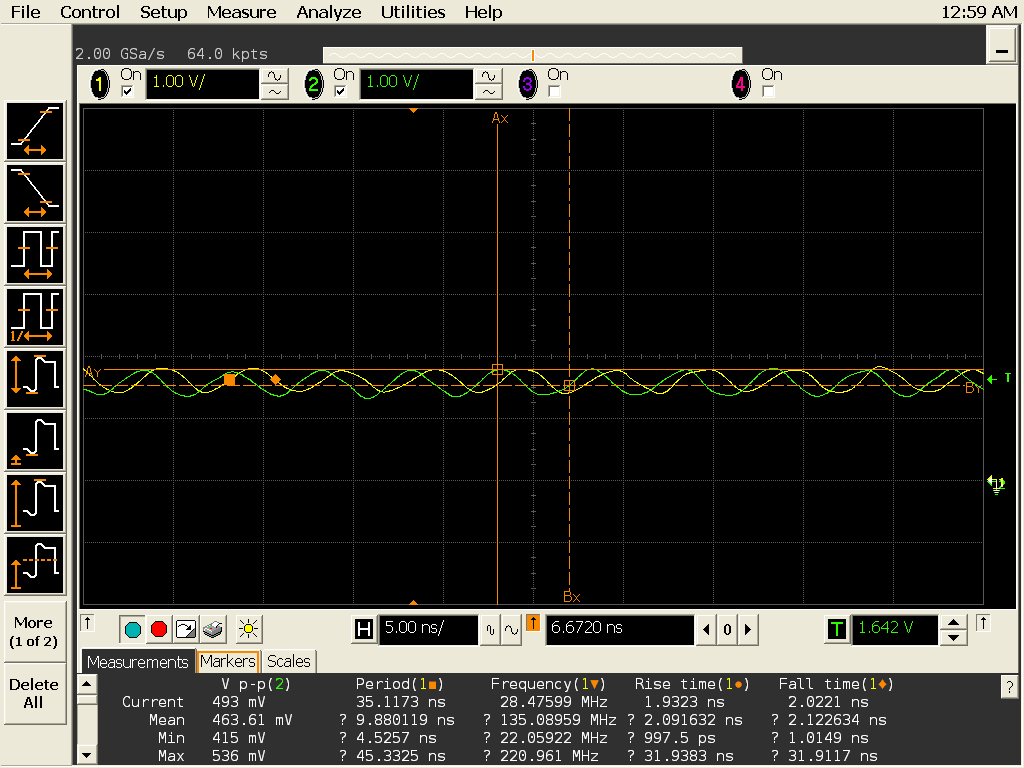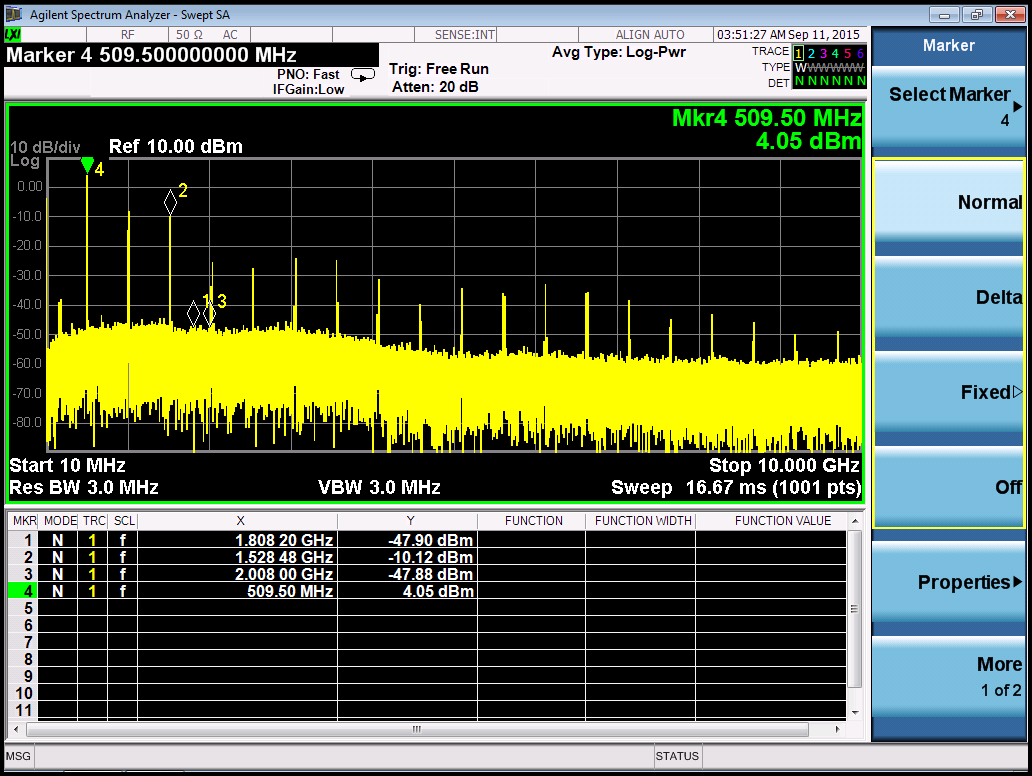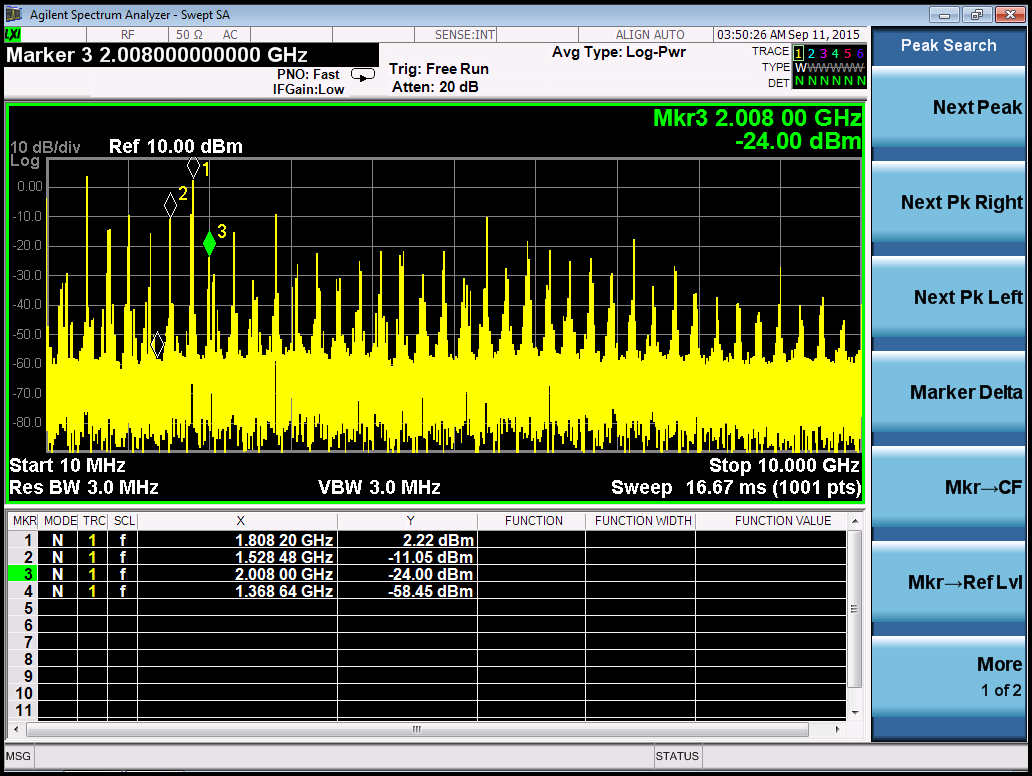Hello,
My IQ outputs are single-ended, 200MHz sinewave, 1Vpp, 50 ohm, and DC coupled. I am looking for a single ended to differential converter, so that I could feed the IQ signals to the inputs of TRF370417.
Do you have any recommendation?
Thanks,
Mark





